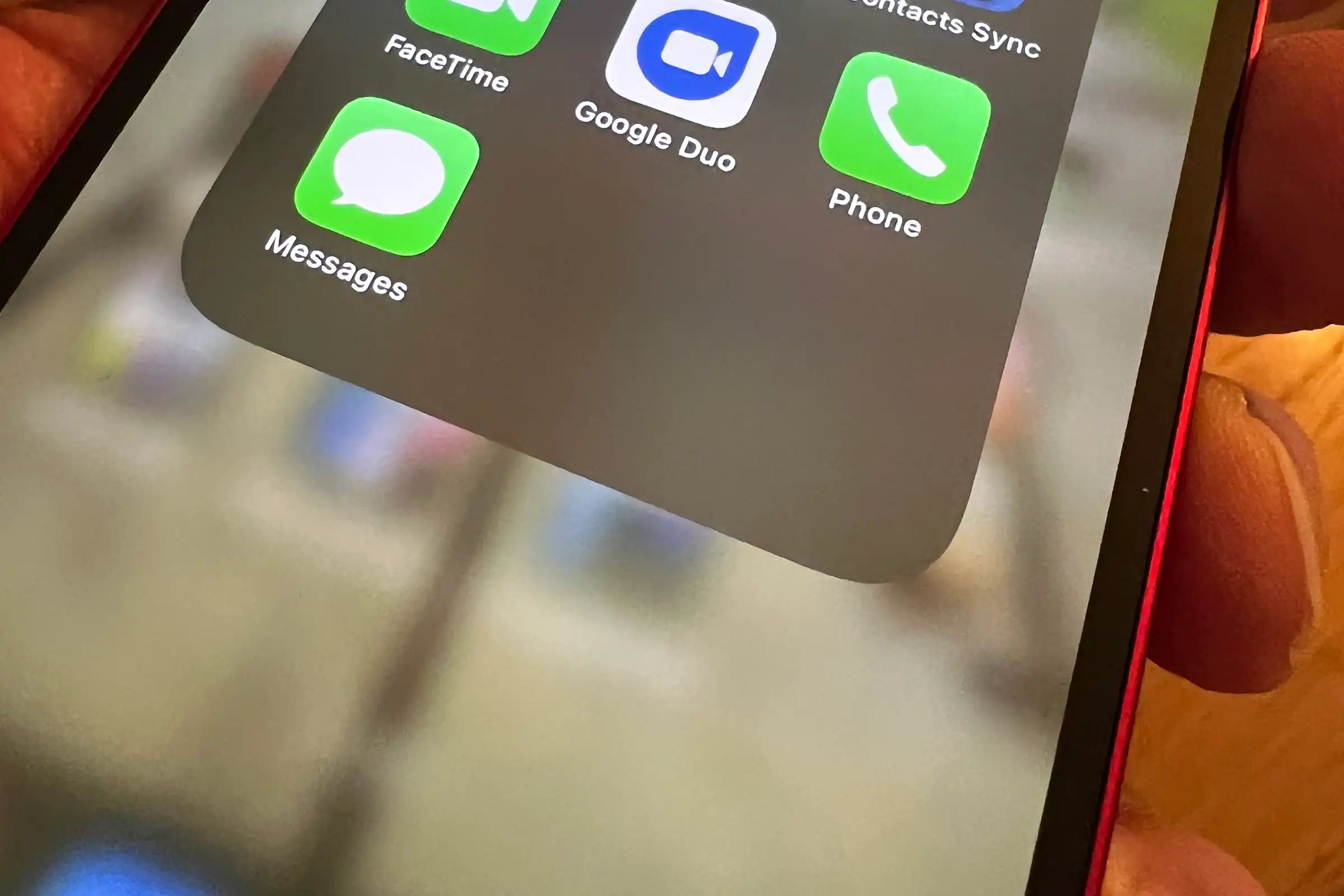
Understanding the Problem
Sending texts between iPhones and Android devices can sometimes fail due to differences in messaging systems. iPhones use iMessage, while Android devices rely on SMS and MMS. When an iPhone tries to send a message to an Android device, it may default to iMessage if the recipient's number is registered with Apple's service. Since Android devices do not support iMessage, the message fails to deliver.
Common Reasons for iPhone to Android Message Failure
- iMessage Network Settings: The iPhone may attempt to send the message as an iMessage instead of an SMS.
- Network Issues: Poor connectivity or temporary network disturbances can prevent messages from being sent.
- Outdated iOS Software: Using an outdated version of iOS can cause compatibility issues.
- Invalid Carrier Settings: Incorrect carrier settings can lead to message delivery failures.
- Recipient’s Contact on Block List: If the recipient’s contact is mistakenly placed on the block list, messages will not be delivered.
Step-by-Step Troubleshooting Guide
Check Device Settings
Ensure your iPhone is properly configured to send messages:
- Open Settings: Go to the Settings app.
- Navigate to Messages: Scroll down and select the “Messages” option.
- Enable SMS/MMS: Make sure MMS and SMS are enabled. Toggle on “Send as SMS” to force the message to be sent as an SMS.
Check Recipient Number
Verify the recipient’s phone number is correctly saved in your contacts:
- Verify Contact Information: Double-check the recipient’s phone number.
- Correct Any Typos: Fix any typos immediately.
Restart iPhone
Restarting your iPhone can resolve temporary glitches:
- Restart Process: Press and hold the volume down or up button and the side button simultaneously until the Apple logo appears. Release the buttons when the logo appears.
- Wait for Restart: Allow the iPhone to restart completely before attempting to send messages again.
Update iPhone Software
Ensure your iPhone is running the latest version of iOS:
- Open Settings: Go to the Settings app.
- General Settings: Scroll down and select “General.”
- Software Update: Tap on “Software Update” and install any available updates.
Deregister iMessage
If the recipient’s number is registered with Apple’s iMessage service, deregistering the number can resolve this issue:
- Visit iMessage Deregistration Website: Go to the Apple website and deregister your phone number from iMessage.
- Remove Phone Number: Follow the instructions to remove your phone number from Apple’s iMessage service.
Reset Network Settings
Resetting network settings can sometimes resolve issues related to message delivery:
- Open Settings: Go to the Settings app.
- General Settings: Scroll down and select “General.”
- Transfer or Reset iPhone: Tap on “Transfer or Reset iPhone.”
- Reset Network Settings: Tap on “Reset” and then select “Reset Network Settings.”
Contact Carrier
If none of the above steps resolve the issue, it may be a problem with your carrier's network or account settings. Contacting your carrier's technical support can help identify and resolve any backend routing issues.
Advanced Troubleshooting Methods
Use AnyFix
AnyFix is a powerful iOS system repair tool that can fix over 150 system issues, including iPhone not sending text messages to Android:
- Download AnyFix: Download and install AnyFix on your computer.
- Connect iPhone: Connect your iPhone to the computer using a USB cable.
- Choose System Repair: Select “System Repair” from the options provided by AnyFix.
- Follow On-Screen Instructions: Follow the on-screen instructions to select the corresponding question and click on the “Start Now” button.
- Select Repair Mode: Choose a repair mode based on your situation. If you need to fix problems without losing data, use the Standard Repair mode.
- Download Firmware: Click on the “Download” button to download the latest firmware file.
- Start Standard Repair: Once the firmware download is complete, click on the “Start Standard Repair” button.
- Wait for Repair: Wait for AnyFix to repair your device automatically. Once complete, check if your iPhone can send messages to Android devices.
Use Tenorshare ReiBoot
Tenorshare ReiBoot is another tool that can help fix iOS system issues, including those causing message send failures:
- Download ReiBoot: Download and install Tenorshare ReiBoot on your Mac or Windows PC.
- Connect iPhone: Connect your iPhone to the PC using a USB cable.
- Start ReiBoot: Launch ReiBoot and tap “Start.”
- Select Standard Repair: Click on “Standard Repair” and read the on-screen information before proceeding.
- Download Firmware: Click on “Download” to download the latest firmware file.
- Start Standard Repair: Once the firmware download is complete, click on “Start Standard Repair” to begin the repair process.
- Wait for Repair: Wait for ReiBoot to repair your device automatically. Once complete, check if your iPhone can send messages to Android devices.
Additional Tips
Delete Contact and Previous Messages
Sometimes deleting the contact and previous messages can resolve the issue:
- Delete Contact: Delete the contact from your iPhone.
- Restart iPhone: Restart your iPhone.
- Send New Message: Send a new message to the recipient.
Use WhatsApp or Other Messaging Apps
If all else fails, consider using WhatsApp or other messaging apps that are universally supported across different platforms.
